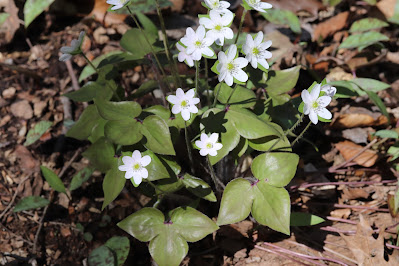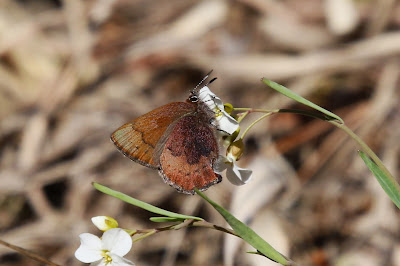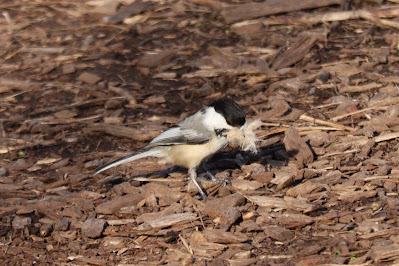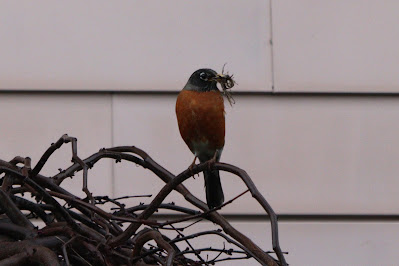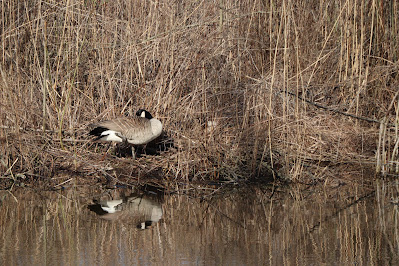Migration in 'G' Major!
All bird names shown, start with the letter 'G'!
GREEN HERON: Depending upon the light, we don't always get to see the green colour. They are similar in body size to the American Crow.
Compared with most herons, Green Herons are short and stocky, with relatively short legs and thick necks that are often drawn up against their bodies. They have broad, rounded wings and a long, daggerlike bill.
https://www.allaboutbirds.org/guide/Green_Heron/id
GREBE: Horned Grebes are almost always seen on the water where they make fairly brief dives in pursuit of fish and invertebrates. Breeding birds feed heavily on insects and larvae; some are caught in the air, while others are caught in/on the water.
https://www.allaboutbirds.org/guide/Horned_Grebe/id
GROSBEAK: Rose-breasted Grosbeaks are chunky birds that use their stout bills to eat seeds, fruit, and insects. They are frequent visitors to backyard bird feeders where sunflower seeds are favoured. 3 males have been visiting our feeder this week.
GNATCATCHER: Blue-gray Gnatcatchers are tiny, long-tailed birds. They use spiderwebs and lichens to build small, neat nests which sit on top of branches and look like tree knots. Despite their name, gnats do not form a significant part of the Blue-gray Gnatcatcher's diet.
https://www.allaboutbirds.org/guide/Blue-gray_Gnatcatcher/overview


















